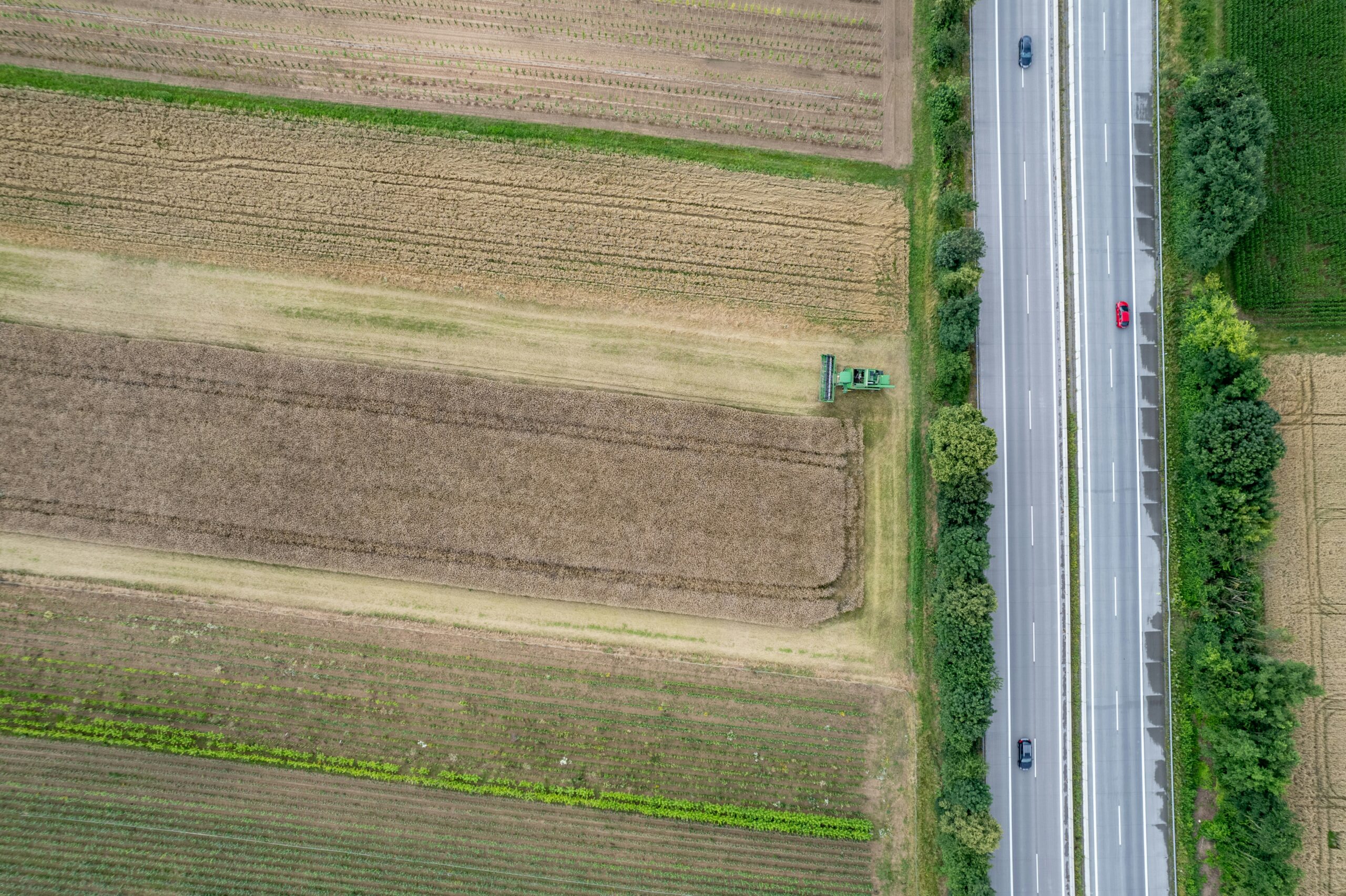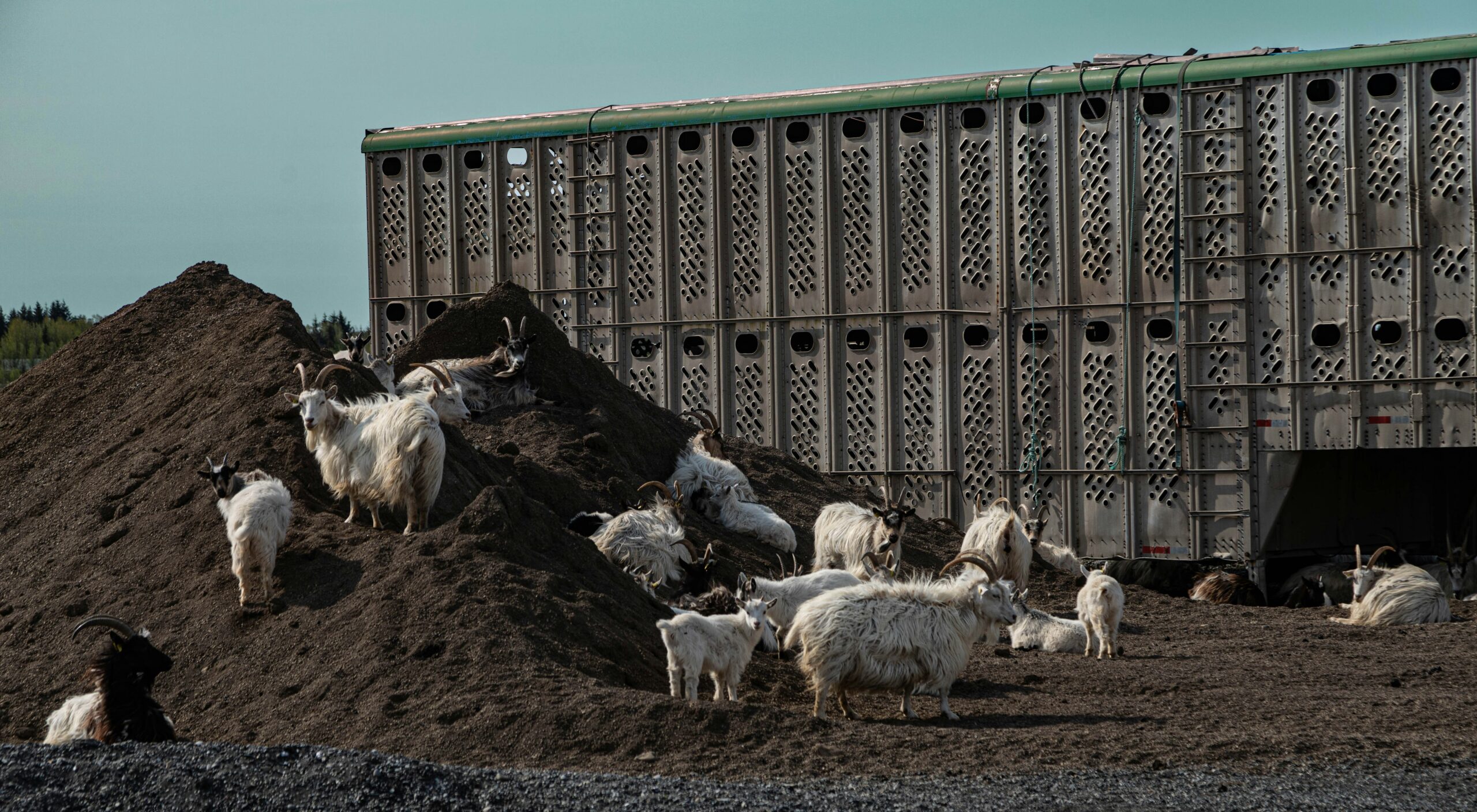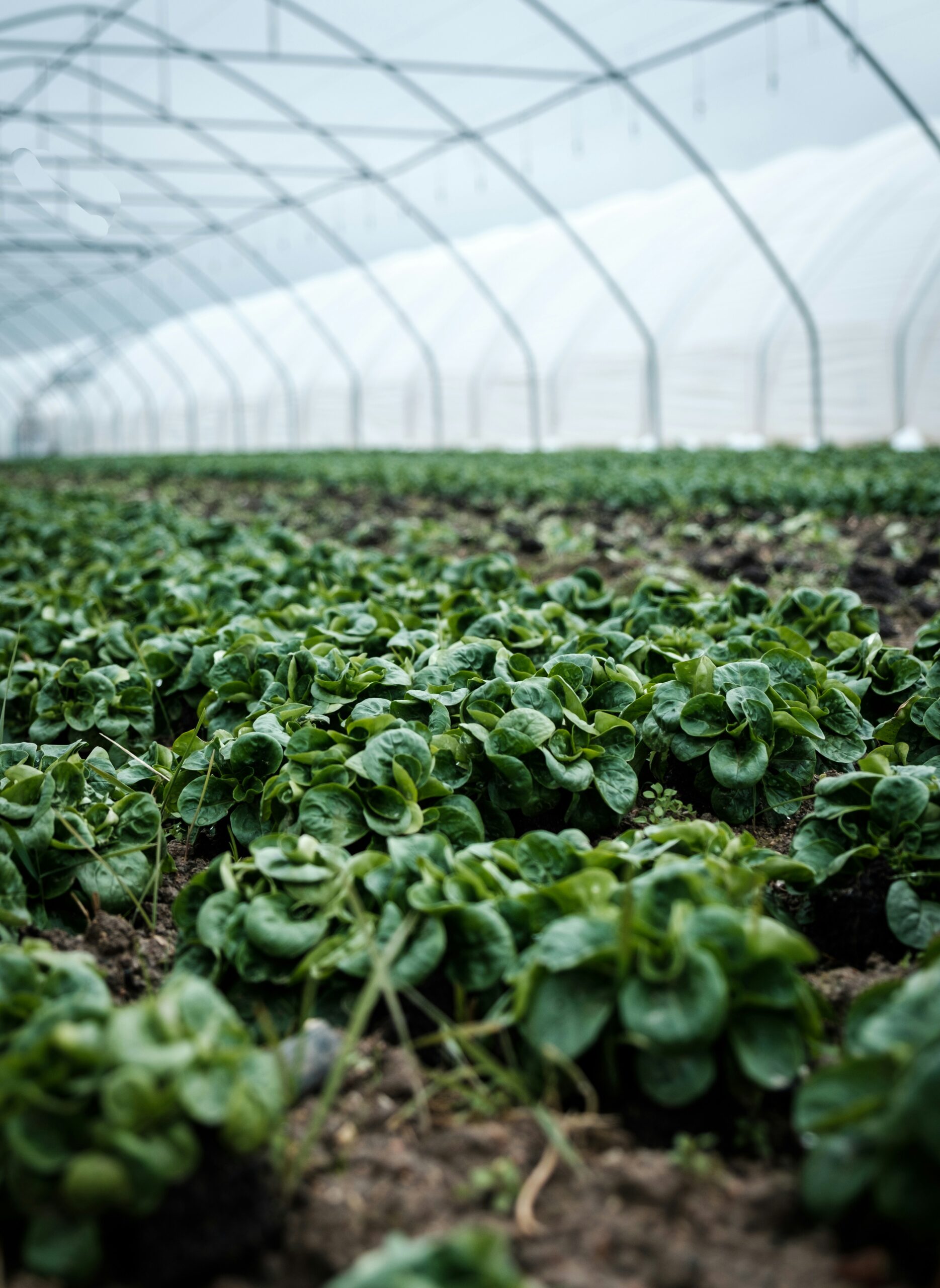Introduction to Livestock Management Livestock management is a crucial component of agriculture, impacting food production, economic stability, and environmental sustainability. It encompasses a wide range of practices aimed at maintaining the health and productivity of domesticated animals such as cattle, sheep, goats, pigs, and poultry. Effective livestock management systems not only ensure the well-being of the animals but also enhance agricultural output, promoting a sustainable approach to farming. The significance of livestock management lies in its ability to optimize resource utilization while maximizing livestock productivity. With the growing global population, the demand for animal protein continues to rise, necessitating the implementation of efficient management practices. Properly managed livestock can provide essential contributions to food security, economies, and ecosystems. Moreover, integrating livestock into farming systems plays a pivotal role in soil health, nutrient recycling, and fostering biodiversity. Livestock management practices include the careful selection of breeding stock, the provision of proper nutrition and health care, and the implementation of effective breeding programs. Farmers must consider the herd’s genetics, reproductive cycles, and overall herd dynamics to ensure optimal productivity. Additionally, managing grazing lands intelligently helps in minimizing overgrazing and promotes the regeneration of pastures, which is crucial for the health of these ecosystems. Sustainable livestock management practices also contribute significantly to environmental preservation. When managed appropriately, livestock can help maintain grasslands and promote carbon sequestration, mitigating the impacts of climate change. These practices align with the principles of sustainable farming, which prioritize responsible land use, animal welfare, and ecological balance. The interconnectedness of livestock management with broader agricultural systems highlights the importance of adopting best practices that benefit both farmers and the environment. Understanding Livestock Nutrition Nutritional needs vary across different livestock species, and understanding these requirements is crucial for effective livestock management. A balanced diet plays an integral role in maintaining the health and productivity of animals, influencing growth rates, reproduction, and disease resistance. Feed types can be broadly categorized into forages, grains, and concentrates, each serving a specific nutritional purpose. Forages such as grass, hay, and silage constitute a significant part of ruminant diets, providing essential fiber necessary for proper digestive function. In contrast, grains are rich sources of energy, suitable for animals like pigs and poultry, which may require higher energy content for optimal growth. Concentrates may include protein-rich supplements, essential vitamins, and minerals that ensure livestock receive a balanced intake. Each species has specific dietary requirements; for instance, dairy cattle require higher protein levels for milk production, whereas beef cattle benefit from a diet high in energy during the fattening phase. Moreover, the role of dietary supplements cannot be overlooked. These additives can enhance livestock health and productivity by providing additional nutrients that may be lacking in the primary feed sources. For example, minerals such as calcium and phosphorus are vital for bone development and reproductive health in many animal species. Vitamins, particularly Vitamin A, D, and E, support immune function and overall vitality. Formulating a diet that incorporates the right amounts of these supplements, tailored to the specific needs of the livestock, is essential for optimizing growth and reproductive performance. In conclusion, a comprehensive understanding of livestock nutrition, including feed types, dietary requirements, and the importance of supplements, enables farmers and managers to create tailored feeding programs that maximize health and production efficiencies. Implementing Health Management Strategies Effective health management strategies are crucial for ensuring the well-being of livestock and fostering a productive farming operation. A comprehensive health management plan should incorporate vaccination schedules tailored to the specific needs of the livestock species on the farm. Vaccinations play a vital role in preventing the spread of infectious diseases that can decimate animal populations and significantly impact farm profitability. Therefore, it is essential to consult with a qualified veterinarian to establish a vaccination calendar based on local disease prevalence and specific herd vulnerabilities. In addition to vaccinations, proactive disease prevention measures should be implemented to mitigate risks associated with livestock health. This includes practices such as maintaining proper housing conditions, ensuring adequate nutrition, and managing stress factors in livestock. Well-designed housing systems can reduce the spread of airborne diseases, while balanced diets can enhance the immune response of animals, making them less susceptible to infections. This holistic approach addresses both environmental and dietary factors that influence overall health. Ongoing monitoring of animal health is equally important within a livestock management strategy. Regular health checks should be conducted to identify any early signs of illness. Producers should establish a system for tracking the health status of each animal, including body condition scores, weight, and vaccination history. This information will serve as a valuable resource for making informed decisions about veterinary interventions and adjustments to management practices. Furthermore, biosecurity measures cannot be overlooked. Implementing strict biosecurity protocols includes measures such as limiting visitors to the farm, sanitizing equipment, and managing the introduction of new animals to existing herds. These practices reduce the likelihood of disease outbreaks and ensure a healthier stock in the long run. Regular veterinary care, alongside diligent monitoring and biosecurity, forms the backbone of robust livestock health management strategies that protect both animal welfare and farmer livelihoods. Housing and Infrastructure Best Practices Effective livestock management begins with proper housing and infrastructure, which play a significant role in ensuring the health and well-being of the animals. A primary consideration is adequate space; each animal must have enough room to move freely, thereby reducing stress and promoting natural behaviors. Minimum space requirements vary by species and should be thoroughly researched to meet the specific needs of livestock. Overcrowding can lead to aggression, illness, and increased mortality rates. Ensuring proper space is a foundational best practice in livestock welfare. Ventilation is another critical factor in livestock housing. Proper airflow helps to maintain a healthy environment by reducing humidity and preventing the buildup of harmful gases, such as ammonia. It is essential to design shelters that allow for both natural and mechanical ventilation, allowing fresh air to circulate and facilitating temperature control. A well-ventilated space keeps livestock comfortable, ultimately supporting












